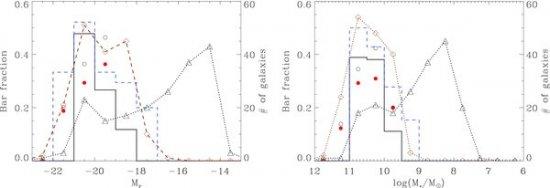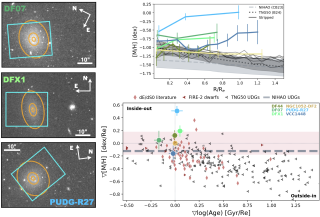In this work we present a recent study of the bar fraction in the ComaCluster galaxies based on a sample of ~190 galaxies selected from theSloan Digital Sky Survey Data Release 6 and observed with the Hubble Space Telescope (HST) Advanced Camera for Survey (ACS).The unprecedented resolution of the HST-ACS images allows us to explore the presence of bars, detected by visual classification, throughout luminosity range of 9 mag (-23 < Mr < -14), permitting us to study th poor known region of dwarf galaxies. We find that bars are hosted bygalaxies in a tight range of both luminosities (-22 < Mr < -17)an masses (109 < M*/Msun < 1011). This result holds when compared witha sample of bright/massive field galaxies. In addition, we find that the bar fraction does not vary significantly when going from the center to the cluster outskirts, implying that cluster environmentplays a second-order role in bar formation/evolution. The shape of the bar fraction distribution with respect to both luminosity and mass is well matched by the luminosity distribution of disk galaxies in Coma indicating that bars are good tracers of cold stellar disks. We discuss the implications of our results for the formation and evolution scenarios of bars and disks.
Figure Caption: Optical bar fraction of strong (solid black line) and weak+strong (dashedblue line) as a function of the galaxy absolute magnitude in r band (left panel)and galaxy mass (right panel). Red points and black circles represent the strong and w
Advertised on
References
(2010)The Astrophysical Journal Letters, Volume 711, Issue 2, pp. L61-L65


